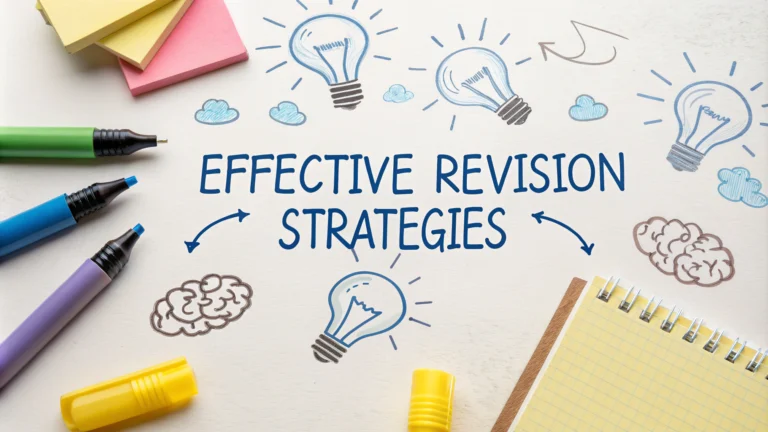Revising your logo designs effectively can transform good concepts into exceptional brand identifiers.
A structured revision process helps maintain focus while refining your logo’s key elements.
Essential Logo Revision Checklist
- Check scalability across different sizes
- Test color variations (including monochrome)
- Review spacing and alignment
- Verify typography readability
- Assess uniqueness against competitors
Technical Considerations
Export your logo in multiple file formats (AI, EPS, SVG, PNG, JPG) to ensure versatility across platforms.
Test your design across different backgrounds and contexts where the logo might appear.
| Format | Best Used For |
|---|---|
| Vector (AI/EPS) | Print, scalable applications |
| SVG | Web, responsive design |
| PNG | Digital, transparency needed |
Common Revision Mistakes to Avoid
- Overcrowding elements
- Inconsistent styling
- Poor contrast ratios
- Complex gradients that won’t print well
Professional Review Tips
Step away from your design for 24-48 hours before making final revisions.
Gather feedback from target audience members rather than just other designers.
Use tools like Adobe Color to ensure your color combinations meet accessibility standards.
Design Resources
- Adobe Color – Color harmony and accessibility checking
- BrandColors – Reference successful brand color schemes
- Logo Design Love – Professional logo design inspiration
Save multiple versions of your revisions to track the evolution of your design.
Final Checklist Before Delivery
- ✓ All files properly named and organized
- ✓ Color profiles correctly set (CMYK for print, RGB for digital)
- ✓ Typography converted to outlines
- ✓ Guidelines document included
- ✓ Multiple size variations tested
Consider creating a simple style guide to accompany your final logo design.
Document any specific color codes, typography, and spacing rules for future reference.
Implementation Strategy
Systematic implementation of revisions ensures no critical elements are overlooked during the refinement process.
Timeline Management
- Allocate specific time blocks for each revision phase
- Set clear deadlines for feedback rounds
- Schedule buffer time for unexpected changes
- Plan for client review sessions
Stakeholder Communication
Maintain clear documentation of revision requests and implemented changes to ensure alignment with stakeholders.
Create a feedback loop that captures both technical requirements and brand vision objectives.
Advanced Refinement Techniques
- Use grid systems for precise alignment
- Apply golden ratio principles where appropriate
- Test negative space effectiveness
- Evaluate symbol-to-text relationships
Market Testing
Conduct A/B testing with target audience segments to validate design choices.
Compare performance metrics across different logo variations in real-world applications.
Conclusion
Successful logo revision requires a balance of technical precision and creative intuition. Following structured processes while remaining open to creative possibilities ensures optimal results.
Remember that the final logo should not only meet technical standards but also effectively communicate the brand’s core values and identity.
Regular review and refinement cycles help maintain the logo’s relevance and effectiveness over time.
FAQs
- How long should I spend reviewing a logo design before finalizing it?
Spend at least 24-48 hours reviewing a logo design, including checking it at different sizes, in both color and monochrome, and gathering feedback from target audience members. - What are the essential elements to check during logo revision?
Check scalability, color consistency, typography legibility, uniqueness, simplicity, versatility across different media, and whether it effectively communicates the brand message. - Should I test my logo design in different formats and sizes?
Yes, test your logo in various formats (PNG, SVG, JPG), sizes (from favicon to billboard), and applications (digital and print) to ensure it remains clear and effective in all contexts. - How many color variations should I include in my logo revision process?
Prepare at least four variations: full color, monochrome (black), reversed (white), and a single-color version for different application needs. - What’s the best way to gather feedback during logo revision?
Use a structured approach combining client feedback, target audience testing, design peer reviews, and A/B testing when possible. - How do I ensure my logo is unique during the revision process?
Conduct thorough trademark searches, reverse image searches, and industry competitor analysis to verify originality. - What technical specifications should I review in my logo files?
Check vector format quality, color space accuracy (CMYK vs RGB), font outlines, minimum size legibility, and proper file organization. - How many revision rounds should I allow for a logo design?
Typically limit revisions to 2-3 major rounds to maintain project focus and prevent design dilution, with clear feedback implementation between each round. - What common mistakes should I look for during logo revision?
Watch for overcomplexity, poor spacing, inconsistent elements, reliance on trends, unclear messaging, and technical errors like unconnected paths or missing font conversions. - How do I know when a logo design is truly finished?
A logo is finished when it meets all technical requirements, clearly communicates the brand message, works across all required applications, and has received positive stakeholder approval.








